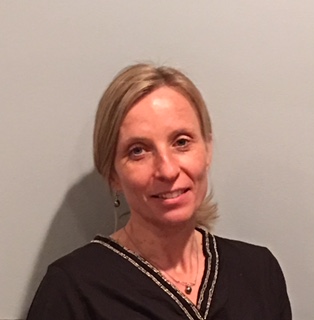Manufacturing of goods is one of the biggest sectors of the global economy and with the size of the global middle class expected to increase to 4.9 billion by 2030 demand for goods is unlikely to slow down. Historically, manufacturing has been driven by companies with the means to operate at large scale. However, in the 21st century the internet and technology advancements are shifting the advantage in production away from scale – and therefore away from the owners of large scale facilities – towards flexibility and agility. DIY (do-it-yourself) has always existed but is today rapidly transforming from the traditional “how to mend a sock or change a tire” towards the ability to make or design something for yourself or others. As more and more people get involved, it is not only start-ups but also larger companies that are taking advantages of this growing “maker” culture.
In 2005, Dale Dougherty of O’Reilly Media launched the Make Magazine, a quarterly journal about DIY projects. The year after he launched a nationwide series of Maker Faire that became the first showcases for an emerging movement, the “maker movement,” developing around a growing DIY culture. This movement has led to an increasing number of regular events and participants around the world, e.g. in 2012, a crowd of 120,000 people visited such an event in San Mateo, California.
DIY doesn’t only have to be “made-by-you-for-you.” With the widespread use of the internet and modern technology it is easier than ever for a single individual to create and distribute items that are customizable and unique without having middlemen like manufacturers. With the slogan “We make invention accessible,”a member community of 180,000 people and an online collaborative crowdsourcing platform Quirky helps aspiring inventors and its community to bring products to life. Products chosen by the crowd get designed, manufactured, and marketed by Quirky. The inventor and any other contributors receive up to 30% of any resulting revenue. Since its launch in 2009, Quirky has collaboratively developed over 200 new products. Its national retail partnerships include Apple, Bed, Bath & Beyond, Target, Barnes & Noble, OfficeMax and many others.
In case you don’t own a 3D printer help is at hand. 3D Hubs, a manufacturing network started in Europe, now works with communities around the world. It is like Facebook except for products. The idea of the company is to network 3D printers together through a web interface and get users to register their printer availability on a map so users can find the nearest one. Customers can select a hub near where they want to send an object and ask a local Hubber to 3D print and deliver it. Does it have the potential to transform the global manufacturing economy? That is to be seen, but certainly what the Dutch founders Bram de Zwart and Brian Garret are aiming for.
The maker movement is not only for individuals. Some large corporations have jumped on the bandwagon, starting to tap into the potential of the maker movement. One example is GE Garages which offers high-tech, hands-on lab spaces where makers can come and learn modern ways of prototyping and manufacturing new products using devices like laser cutters, 3D printers, CNC mills, and injection molders. It aims to spark interest and engagement for modern making, from prototyping inventions to modern manufacturing-based technologies through hands-on experiences. It is developed in partnership with Skillshare, Quirky and Make Magazine. Elsewhere, U.S. firm RadioShack has found its way into the excitement of the maker movement. In cooperation with Make Magazine, RadioShack has launched the cobranded product line Arduino, a popular open-source electronics platform that lets makers easily create interactive objects. It includes LEDs, robotics kits for kids, microcontrollers with Wi-Fi, a line of mini-PCs, and tools. All of these items will be sold exclusively through RadioShack stores and by Make online.
(Sources: Wired, GE Garages, On 3D Printing, 3D Focus)



